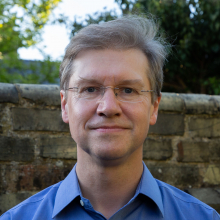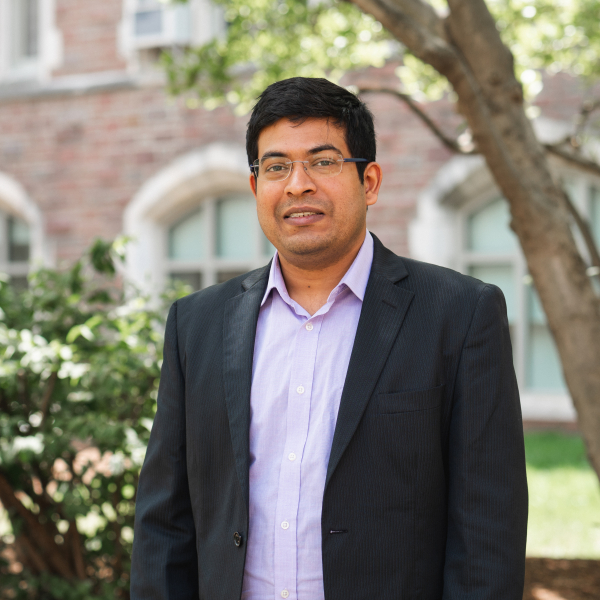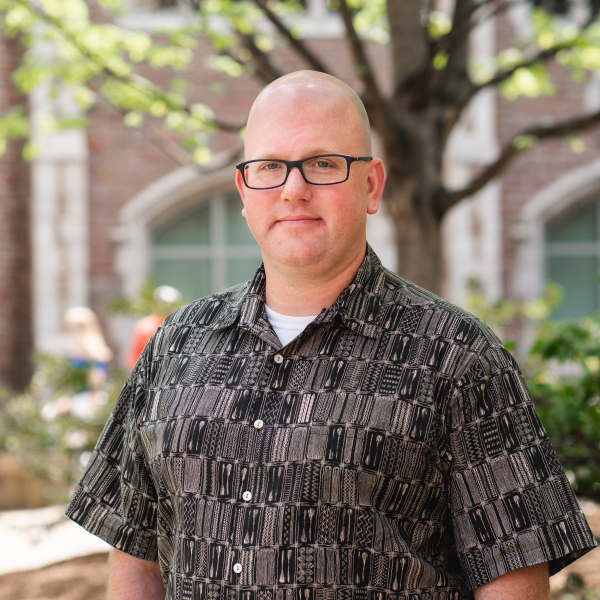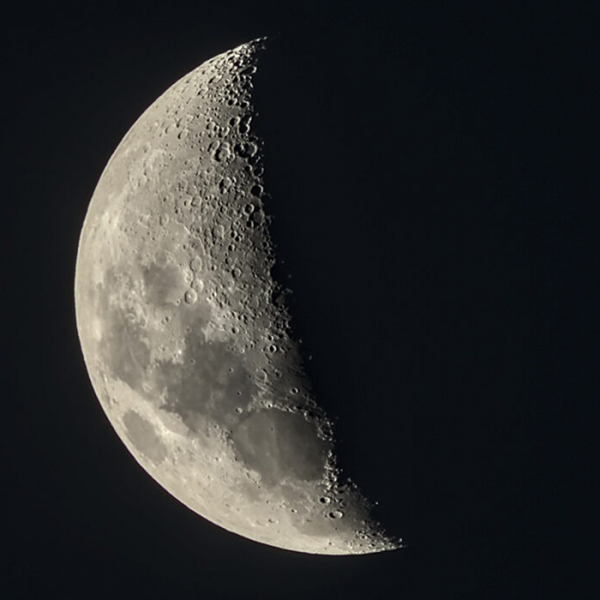Astronomer Christopher Reynolds will deliver the 2024 McDonnell Distinguished Lectures about X-ray observatories and supermassive black holes.
2024 McDonnell Distinguished Lecture Series
Black holes are astronomical objects that result from gravitational collapse, leaving behind spheroidal regions of space from which nothing, not even light, can escape. Supermassive black holes are the largest type, with masses millions, if not billions, of times greater than the Sun. Astronomers believe that virtually all large galaxies, including our Milky Way, have supermassive black holes at their centers. Astronomers detect these black holes by observing their effects on nearby stars and gas.
Christopher Reynolds currently serves as Director of the Joint Space-Science Institute (JSI) and is a Professor in the Department of Astronomy at the University of Maryland, College Park (UMD). His research focuses on theoretical and observational high-energy astrophysics, particularly supermassive black holes. His observational research utilizes X-ray telescopes like Chandra, XMM-Newton, NuSTAR, and Swift to study black holes and diffuse hot plasma. His theoretical research involves investigating the plasma physics and magnetohydrodynamics of black hole accretion flows, as well as hot diffuse plasmas in galaxies and galaxy clusters.
Reynolds will deliver the 2024 McDonnell Distinguished Lectures, starting with a scientific colloquium on March 27 titled "Exploring the Axion-Sector with X-ray Astronomy," where he will discuss the existence of axions and the promise and challenges of the next generation of X-ray observatories. On March 28, he will deliver the public lecture, “The "What, How, Where, and When” of Supermassive Black Holes," providing insights into our current understanding of supermassive black holes
As the Principal Investigator of the Advanced X-ray Imaging Satellite (AXIS), Reynolds is leading one of the teams vying to deliver NASA's next-generation X-ray space telescope. AXIS will build on the legacy of the Chandra X-ray Observatory, which was launched in July 1999, by providing low-background, arcsecond-resolution imaging with an order of magnitude improvement in sensitivity. The vast majority of X-rays are absorbed by the Earth's atmosphere, making them undetectable using Earth-based telescopes. Space-based telescopes are, therefore, necessary to observe and study X-rays from celestial objects and phenomena.
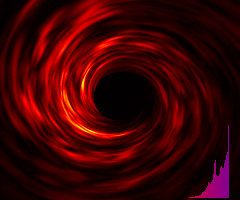
"We don't know how supermassive black holes and galaxies actually came to be, in the first billion years after the Big Bang," said Reynolds. “With AXIS, we would be able to look back to that point. We would have the sensitivity to see those first black holes growing, and to map or chart their development. Our intention is to build the most sensitive x-ray observatory we can, to go deep, and to look as far as we can in a way that's very complementary to infrared telescopes like the James Webb Space Telescope.”
Michael Nowak, research professor of physics and faculty fellow of the McDonnell Center for the Space Sciences, worked with Reynolds when both were postdoctoral research associates at the University of Colorado Boulder. He says that Reynolds started as an observer, but transitioned to theoretical work.
"Chris is one of the few people I know who is as adept at observation as he is in theories and modeling of high energy physics," Nowak said, "He has used his expertise to push for new missions and technology."
He recently resumed his position at the University of Maryland where the AXIS project is based, following a stint as the Plumian Professor of Astronomy and Experimental Philosophy at the University of Cambridge (2017-2023) and Deputy Director of the Institute of Astronomy (2018-2022). In recognition of his pioneering work on black hole astrophysics and testing the predictions of general relativity, he was awarded the Helen B. Warner Prize for Astronomy in 2005. Reynolds created some of the first models of accretion onto a black hole properly incorporating the effects of gravitation. He was able to create both static images and movies.
Header image: An artist's impression of matter flowing into a black hole. The matter will naturally form a disk (the accretion disk) and, sometimes, a powerful jet will form along the rotation axis. Credit: NASA/JPL-Caltech


